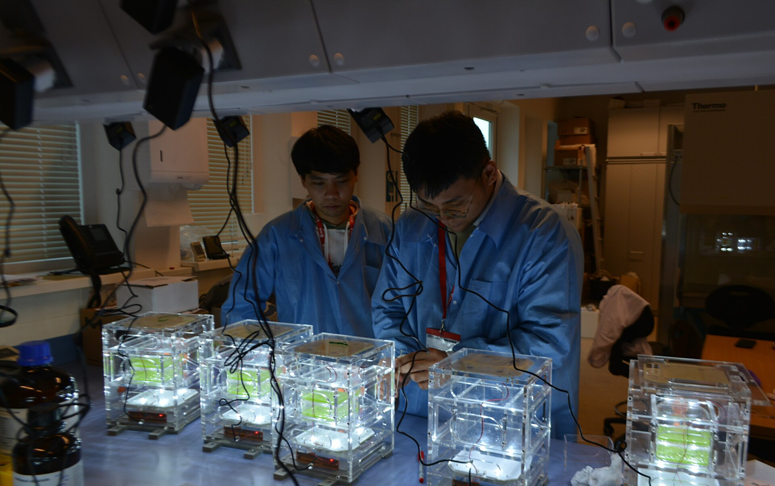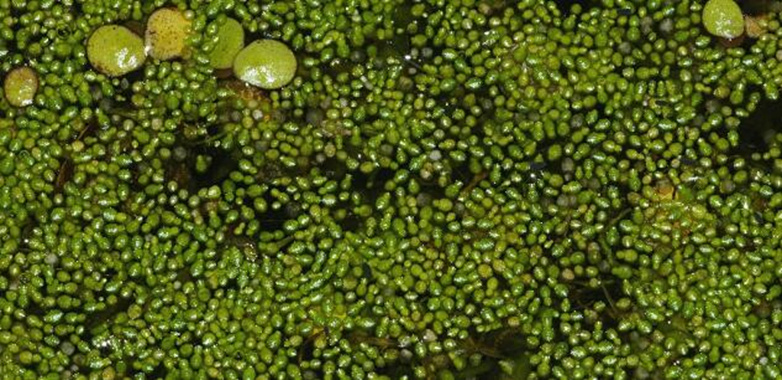?The Wolffia, the miracle plant for living and surviving on Mars

Photo credit: The smallest flowering plant on Earth could become a nutritious food for astronauts in the future, as well as a highly efficient source of oxygen
Cultivated in Asia, Wolffia is also called duckweed. Transported into space, it could provide both food and oxygen to astronauts.
Like Matt Damon in the film “Alone on Mars”, the first astronauts to go to Mars will have to find a way to feed and survive, in an environment without water or oxygen. While the first mission is planned for 2030, experiments are multiplying, and researchers from Mahidol University in Thailand may have found the ideal food. Good news, these are not potatoes fed on excrement...
This is the Wolffia, a tiny flowering plant that floats on the surface of lakes and ponds in Asia. So tiny that it is considered the smallest flowering plant on Earth since its diameter is 1 millimeter! A rootless duckweed, it could provide both an essential food and a source of oxygen for humans in space. And not just on Mars.

Duckweed samples were placed in boxes equipped with LEDs simulating natural sunlight
A centrifuge simulates growing conditions in space
To gauge it, scientists tested this aquatic plant in hypergravity conditions, up to 20 times higher than those observed on the Earth's surface. For several months, they spin the substance in an 8 meter wide four-arm centrifuge. The device is found at the technical center of the European Space Agency (ESA) in the Netherlands, and at the end of each arm, containers equipped with LEDs to simulate natural sunlight. Each compartment rotates up to 67 revolutions per second.

“We became interested in duckweed because we wanted to model how plants respond to changes in gravity levels,” explains Tatpong Tulyananda, leader of the research team. “As duckweed has no roots, stems or leaves, it is simply a sphere floating on a body of water. This means we can focus directly on the effects that changes in gravity will have on its growth and development. »
The Wolffia, a “promising” solution
According to these scientists, Wolffia is a solution that is as reliable as it is viable since it produces a lot of oxygen through photosynthesis. According to them, it is a good source of protein. Another important point: there is no waste. Everything is edible! “We have been consuming it in our country for a long time,” recalls Tatpong Tulyananda. “We consume 100% of the plant when we eat it, and it is therefore promising in terms of space agriculture. “
For researchers, this plant also has a huge advantage: its life cycle varies between five to ten days. This allows tests to be carried out easily and quickly. “So far, we have seen little to no difference between plant growth at 1G (gravity on Earth) and simulated microgravity. But we want to extend our observations to get a sense of how plants respond and adapt across the full range of gravitational environments, the study concludes. “
Source: websites

